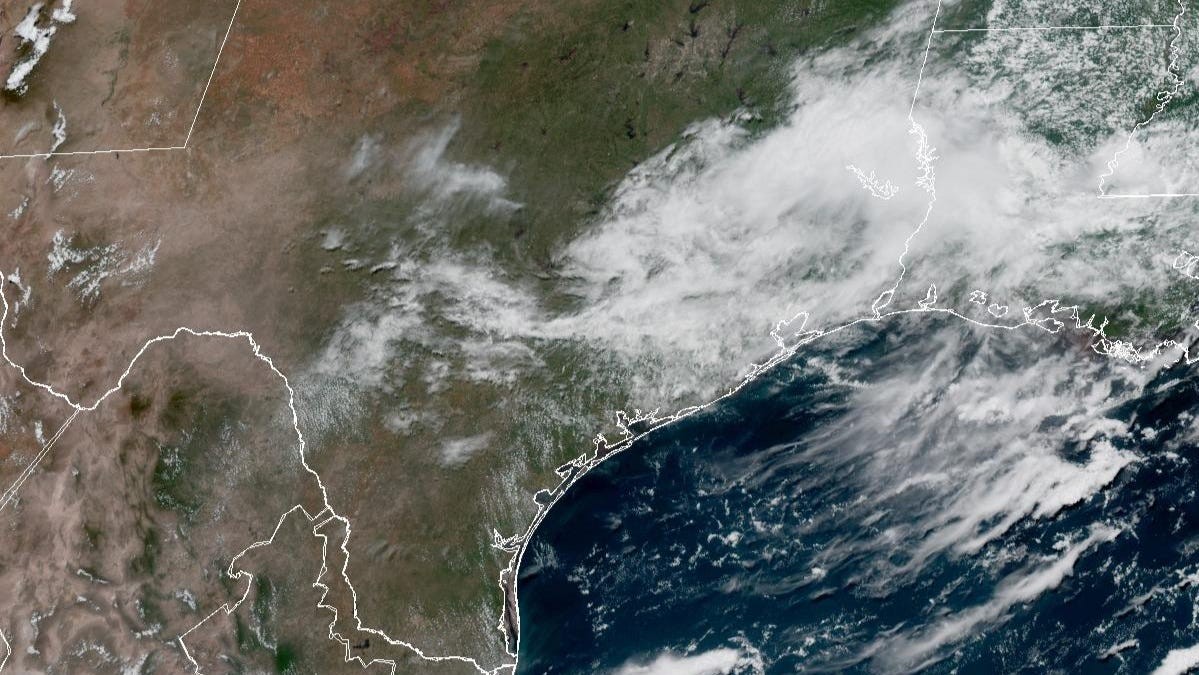news
First Dry Weekend in July Brings Near-Normal Temps to Austin
Austin's first dry weekend of July will feature near-normal temperatures, a mix of sun and clouds, and plenty of outdoor events to enjoy.
Published July 18, 2025 at 7:40pm

This weekend will mark the first dry weekend of July as a more typical summer weather pattern takes hold across Texas.
A ridge of high atmospheric pressure has been building over the state in recent days, while a tropical low pressure system has been sending some atmospheric moisture our way. As a result, we could see more clouds and a few isolated showers late Friday into Saturday.
The weather was relatively drier and sunnier this week, with temperatures hovering at or below the normal July high of 97 degrees. In fact, Austin hasn’t seen above-average highs since June 30 because of the recent rain.
Weekend temperatures will continue to stay near the climate-average, even if humidity-driven heat index values range from 100 to 102 degrees.
If you are planning to attend outdoor events, such as the Zilker Theater Production of “Bring it On!” in Zilker Park or the Major League Soccer Celebration at Auditorium Shores, be sure to practice heat safety. Even though these events take place in the evening, temperatures will still be around 94 degrees, with a “feels like” temperature of 98 degrees. After sunset, temperatures should drop into the mid to upper 80s but will still feel like the low 90s.
A high pressure system will strengthen over Texas early next week, with the center of the heat dome settling over our area for the first time since mid-June. This system will significantly influence the region, keeping Central Texas in its grip for the rest of July. This means we can expect an extended stretch of warm and calm weather. Even the National Weather Service’s Climate Prediction Center is giving Central Texas high chances of above-average temperatures and near-normal rainfall through the end of July.
However, some forecast models do suggest that the tropical moisture currently moving into East Texas may rotate clockwise around the high pressure system next week, so it ends up returning to the northern Gulf of Mexico and back into Texas by next weekend.
Considering this possibility, along with the rapid changes that can occur in hurricane season, Climate Prediction Center forecasters are expecting an above-average chance of rainfall for the upper Texas Gulf Coast through July 31.
Drought update: Travis improves
If you’ve lived in Texas long enough, you know that every drought eventually ends with a flood, and this month we’ve seen a clear example of that. Drought has been erased across 90% of Travis County in the two weeks since the catastrophic Fourth of July floods in the Hill Country and Central Texas, according to the U.S. Drought Monitor, a map compiled by government and university scientists.
Data from the U.S. Drought Monitor released Thursday revealed that the remaining drought-stricken areas are primarily concentrated in the southern part of Travis County, along the Hays, Caldwell, and Bastrop county lines.
At the beginning of 2025, the entire county had been in severe drought (level 2 out of 4 on the U.S. Drought Monitor’s scale), with more than half of it experiencing extreme drought (level 3 out of 4). The heavy rainfall in July, including nearly 6 inches of rain recorded in Austin, pulled Travis County out of drought.
Looking at data statewide, more half of Texas three months ago was in severe, extreme or exceptional (level 4 of 4) drought. Now, only 15% of the state remains in drought. Those areas are confined to parts of West Texas, the Hill Country and the South Texas Plains.
Shooting star season
Over the next several weeks, multiple meteor showers will overlap, offering plenty of chances to witness these celestial wonders. While the famous Perseids meteor shower is just getting underway, its peak won’t occur until Aug. 12-13. In the meantime, these smaller meteor showers are worth catching, too.
- The Southern Delta Aquariid meteor shower begins this weekend and runs through early August, peaking from July 29-31 with up to 25 meteors per hour. Best viewed before dawn, these meteors radiate from the Aquarius constellation.
- The Alpha Capricornid meteor shower, known for its bright, slow-moving fireballs, is active until Aug. 15. Although its peak on July 30 features only about five meteors per hour, the display is particularly striking. Optimal viewing is between midnight and 3 a.m.

